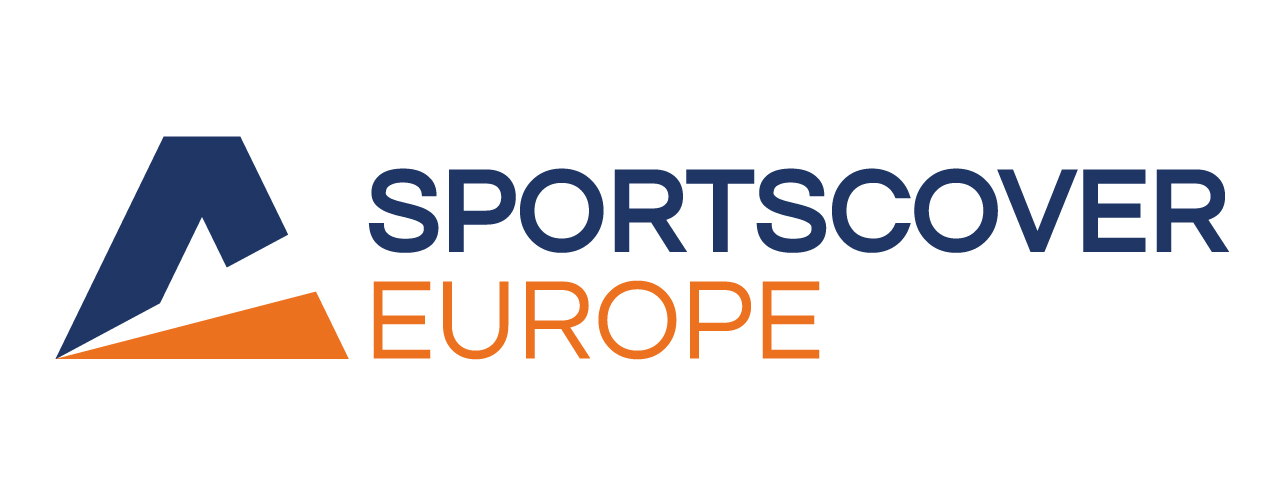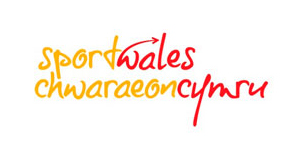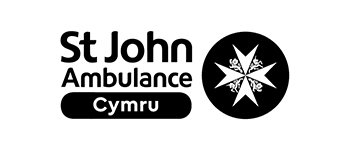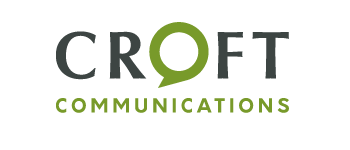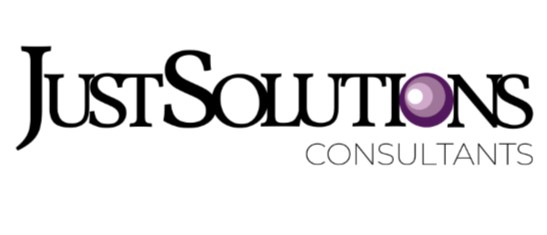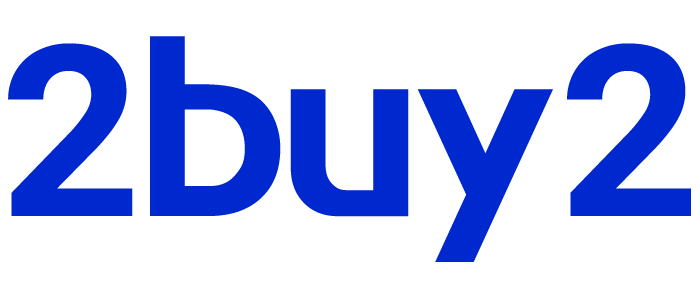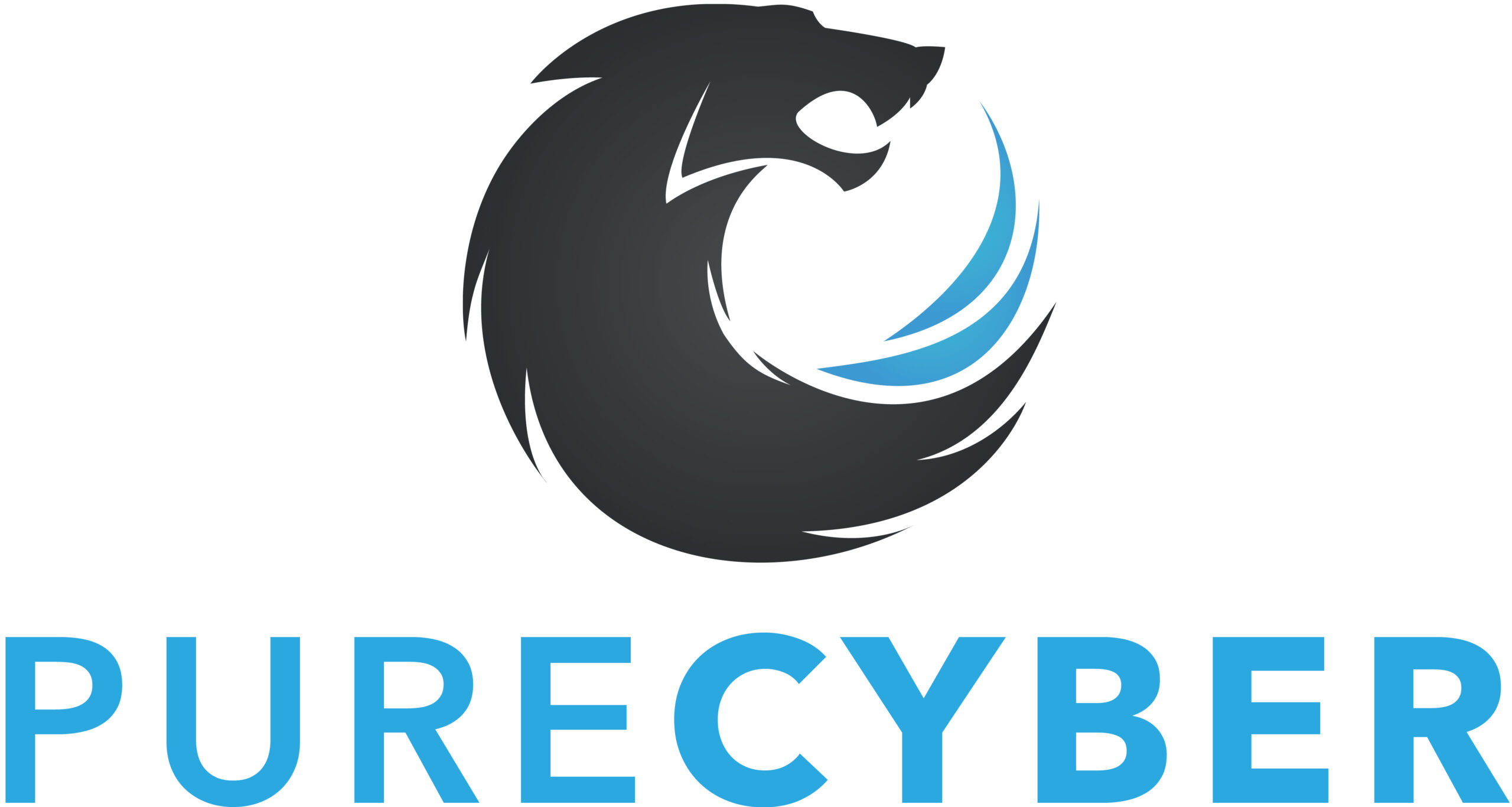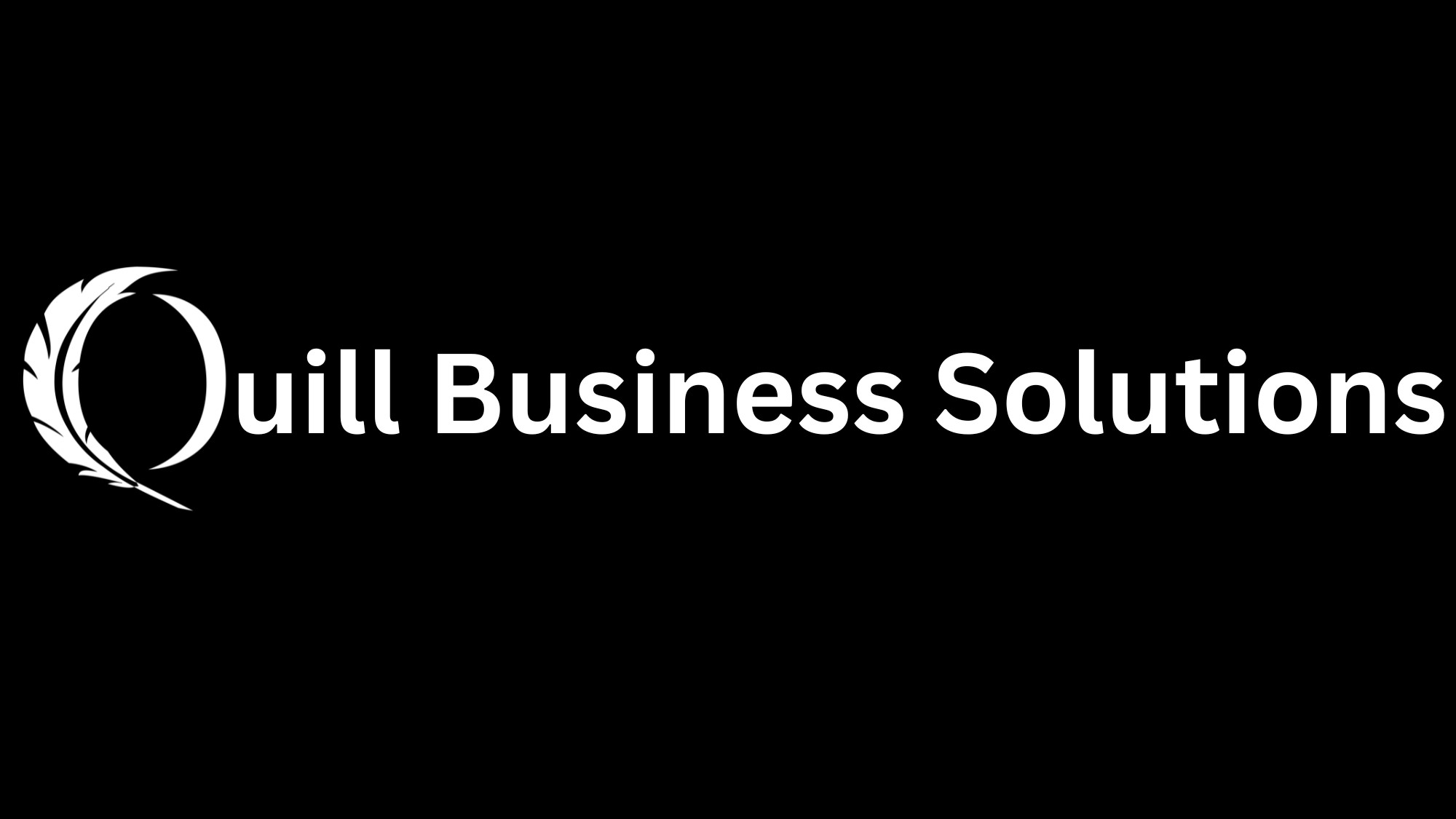FAQs on our DBS service for Sport, Leisure and voluntary sectors
How do I get started?
To get started with our DBS system, you firstly have to complete the pre-registration form on the Vibrant Nation website. If you are then accepted onto our programme, you will receive a welcome pack. The pack includes our standard service agreement as well as an authority form for you to tell us who is permitted to have administration access to the system on your behalf. Within 5 working days of submitting the required information, you should receive a username and password for the system. Once these details are received you will be up and running and ready to start the checking process.
Who are Vibrant Nation?
Vibrant Nation was established to help not-for-profit organisations of all sizes. The organisation was set up by the Welsh Sports Association (WSA). Vibrant Nation is the trading company of the WSA, it recognises 200 third sector organisations, inside and outside of sport as clients, and therefore commands economies of scale for the procurement of services.
Will training for the new system be offered?
Guidance notes and videos, giving screen by screen direction on the use of the service are provided as part of your welcome pack. The helpline service is also available for support. From time to time, we will run classroom-based training programmes, based on demand. There will be a charge for this service. If you require training of this nature, please get in touch so we can discuss your requirements? 02920 334995.
How much will the service cost?
A comprehensive list of services and associated fees can be found on our Vibrant Nation website. Administration fees for an Enhanced Check start from £5.50 excluding VAT.
Can my organisation become a member of the WSA in order to benefit from the discounted rate?
Any organisation with an interest in sport or physical recreation/health of any kind is eligible to apply for membership. Please click here to find out more http://wsa.wales/membership/.
Can organisations who are not members of the WSA use the service?
Yes, the service will be open to organisations that are not members of the WSA. The administration fee for not-for-profit organisations, from across the Third Sector, will be £6.50 excluding VAT and our commercial rate is £10.00 excluding VAT.
What Does DBS Stand For?
Disclosure and Barring Service – the UK agency that carries out specific checks on individuals.
What is a DBS Check?
The DBS check is a way of analysing a person’s criminal record to check their suitability to work with vulnerable groups. The agency specifically looks at any convictions, cautions, reprimands and warnings that a person may have received.
What is the Difference Between a CRB and a DBS Check?
The DBS check is the new version of a CRB check. Following the Protection of Freedoms Act 2012, the Criminal Records Bureau (CRB) and the Independent Safeguarding Authority (ISA) were merged to become the Disclosure and Barring Service (DBS).
Are There Different Types of Criminal Checks?
Yes, and they come under three levels of disclosure:
- Basic level disclosure – this is a non-specific check that is essentially available to anyone for any purpose.
- Standard level disclosure – a more in-depth check, this is often required by accountants or solicitors
- Enhanced level disclosure – this check is required by individuals who wish to work with vulnerable groups. This can be combined with a barred list check, which is required by those working in a ‘regulated position’ where there is a duty of care and responsibility for vulnerable people.
How Long Does a Disclosure Certificate Last?
The disclosure certificate does not show an expiry date, only an issue date is displayed.
Many employers choose to update their DBS checks every 3 years, although this is not required by law, however a DBS check is only accurate at the time of printing
Is a Criminal Check Portable? Can it be Reused?
In most instances, other employers or organisations can allow a DBS from another organisation to be reused at their own discretion. The employer should check that all certificates are to the correct level, and that any barred list checks necessary were already carried out. A DBS however is just one aspect of a wider, safer recruitment process you should be enforcing. This is a set of practices to help make sure your staff and volunteers are suitable to work with children and young people. It’s a vital part of creating a safe and positive environment and making a commitment to keep children safe from harm.
Safer recruitment should be a continuing process of improvement for every school, club, business or organisation whose work or services involve contact with children. For more information on other aspects of this, please visit this NSPCC page.
It is also recommended that applicants subscribe to the DBS Update Service which ensures their disclosure is always up to date, which helps avoid complications when attempting to reuse a certificate.
What is the Update Service?
The Update Service simply keeps a disclosure certificate up to date. This is done by annual subscription through the DBS and could mean that an individual may never be required to apply for another DBS check again. However, please note that to register for the DBS update service, an individual has just 19 days from the date of issue of a certificate to register for that service.
Once registered for the service, your organisation will have the facility to request the permission of the applicant to (i) be put onto the update service at the point of the initial application and (ii) be subject to further checks every year until you request that the applicant is removed. DBS provides this update service free of charge to volunteers (as per the DBS. check) and it charges £16.00 for providing the update service in respect to paid employees. Our annual administration charge for our online version of this service (charged in addition to the DBS fee) is £3.50
Who Can Request a DBS Check?
A DBS check can be requested by an organisation on an employee or volunteer if that position is exempt under the Rehabilitation of Offenders Act 1974.
Who conducts a DBS Check?
The WSA don’t conduct DBS checks themselves; it is down to the Government’s DBS service to carry out the check itself, meaning we have no power over the speed at which applications are checked. You can refer to our DBS Application Process page for further information about the whole of process of a DBS check and how to track your applications.
How Long Does a DBS Check Take?
Checks can take between 24 hours and 60 days to complete; however, most are completed within 14 days. Following this, the certificate will be sent directly to the applicant.
Who Receives the DBS Certificate?
The certificate is sent directly to the applicant’s home address, and not to the organisation.
What is an IDV?
All DBS applications will need to undergo ID verification to confirm an applicant’s identity. This process will need to be carried out by the nominated ID verifier (IDV) and the applicant will need to be present.
How Many Forms of Identification Do We Need to Submit an Application?
With a Route 1 ID check, there is an option fill in 4 different types of identification for an applicant. We would advise that all applicants provide and enter as many types of identity as they can, to ensure that their application is as strong as possible. If all forms of identification are unavailable, the application can still be submitted with only 1, 2 or 3 forms of identification, for example.
Route 2 ID check – If you are unable to validate identity via Route 1, you are required by the DBS to undertake an External ID Validation check. We are happy to complete this for you if needed.
Route 3 ID check – If you are unable to validate identity via Route 1 and the application failed a Route 2 External ID check, you are able to complete Route 3. Again, we are able to complete this for the applicant if needed.
Why am I Having Issues With The Driving Licence Number?
This is a common mistake which is easily fixed. When creating the application, you must ensure that the correct names are in the correct boxes, first name in the forename box etc.. You must also make sure that if there are any middle names represented on a driving licence, you must also add the middle name into the middle name box. When all this information is in line and correct, you are then able to submit the application successfully.
Can the Post Office check my ID?
Yes, when creating an application the user selects that the applicant is to use the Post office for ID Validation. The Applicant fills in the form as requested. As an integrated part of the process the applicant selects the valid IDs they will be taking to the Post Office. The system checks these will be sufficient. The online system communicates with the Post Office, sending in the applicant details relating to the documents. The system receives an acknowledgement barcode – unique to the application. The system notifies the applicant the barcode has been received. The barcode is available to view and download within the system. The applicant goes to the Post Office and shows the bar code and the documents. The Post Office scans the barcode and checks the documents. If all is OK, the Post Office API notifies the system all is OK and the DBS application is approved for processing. The applicant returns to the system to confirm.
“Vibrant Nation provide a great service to us and our members – always quick to set up new users and get them up and running as quickly as possible.”
Jen Browning, Canoe Wales
If your organisation is interested in using our DBS service, click here or contact the team with any questions you may have.



